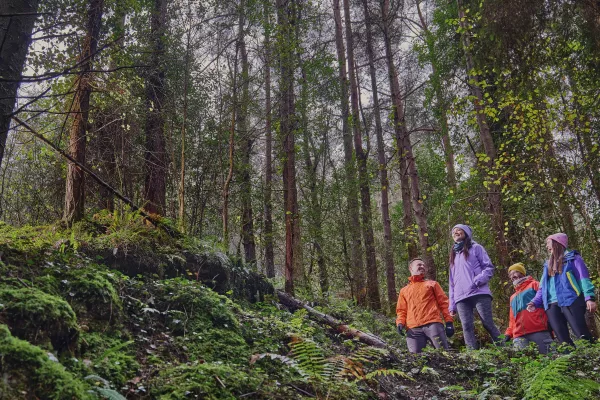With beautiful landscapes, rich history and a friendly atmosphere, Laois is the perfect county to visit.
With all these factors in mind, Hospitality Ireland decided to examine the top ten visitor attractions in Laois, based on Fáilte Ireland’s Visitor Attractions Survey 2022.
1. Emo Court Parklands
(350,000)
Emo Court Parklands is the top tourist attraction in Laois with 350,000 visitors as of 2022.
The Laois estate dates back to the late 18th century and was originally designed for the Earls of Portarlington.
It features over 35 hectares of naturalistic landscaped grounds, with formal areas, woodland walks, statues and a 20 acre lake.
2. Rock Of Dunamase
(45,215)
The Rock of Dunamase is an excellent example of a Celtic fortification overlooking the valley of the O’Moores, just outside Portlaoise.
The site of an early Christian settlement pillaged by the Vikings in 842, Dunamase became one of the most important Anglo-Norman strongholds in Laois. It was part of the dowry of Aoife, the daughter of Diarmuid Mac Murrough, King of Leinster, when she was given in marriage to the Norman conqueror Strongbow in 1170. When Isabel, the daughter of Strongbow and Aoife, wed William Marshal, Earl of Pembroke, Dunamase was given as part of her marriage's wedding gift.
From 1325 until 1609, the castle belonged to the O’Moore family of Laois, before ownership passed to the Earl of Thomond. It was finally destroyed during the Cromwellian invasion in 1650.
3. Timahoe Round Tower & Heritage Centre
(18,000)
Timahoe Round Tower was built at some point in the 1100s and is on the site of a monastery founded by Saint Mochua around 600A.D.
The tower rises almost 30 metres high and is more than 17 metres wide at its base, with walls that are nearly 2 metres thick. Inside there are five different floors, all of which were reached by ladders.
It is an amazing example of 12th century carved stonework.
4. Emo Court House
(17,506)
Emo Court House was designed by the architect James Gandon in 1790 for the Earls of Portarlington. A neo-classical mansion in County Laois, it’s located just 2.5km from Emo village and 7km from Portarlington Railway Station.
It was acquired by the Jesuits in the middle of the 20th century. Functional renovations were made to the estate before it was sold to Major Cholmeley Harrison, a former London stockbroker, in the 1960s.
Emo Court House attract visitors from across Ireland and beyond.
5. Donaghmore Workhouse Museum
(1,800)
Donaghmore Workhouse Museum is housed in a restored workhouse originally built in the midlands during the early 1850s. It is situated in Donaghmore, near Portlaoise off the M7.
It aims to tell the story of the families who lived and died within the famine workhouse walls before, during and after the Great Famine.
The museum uses guided and self guided tours, combined with various exhibits, to explain the socioeconomic conditions which led to the establishment of this and other workhouses.






